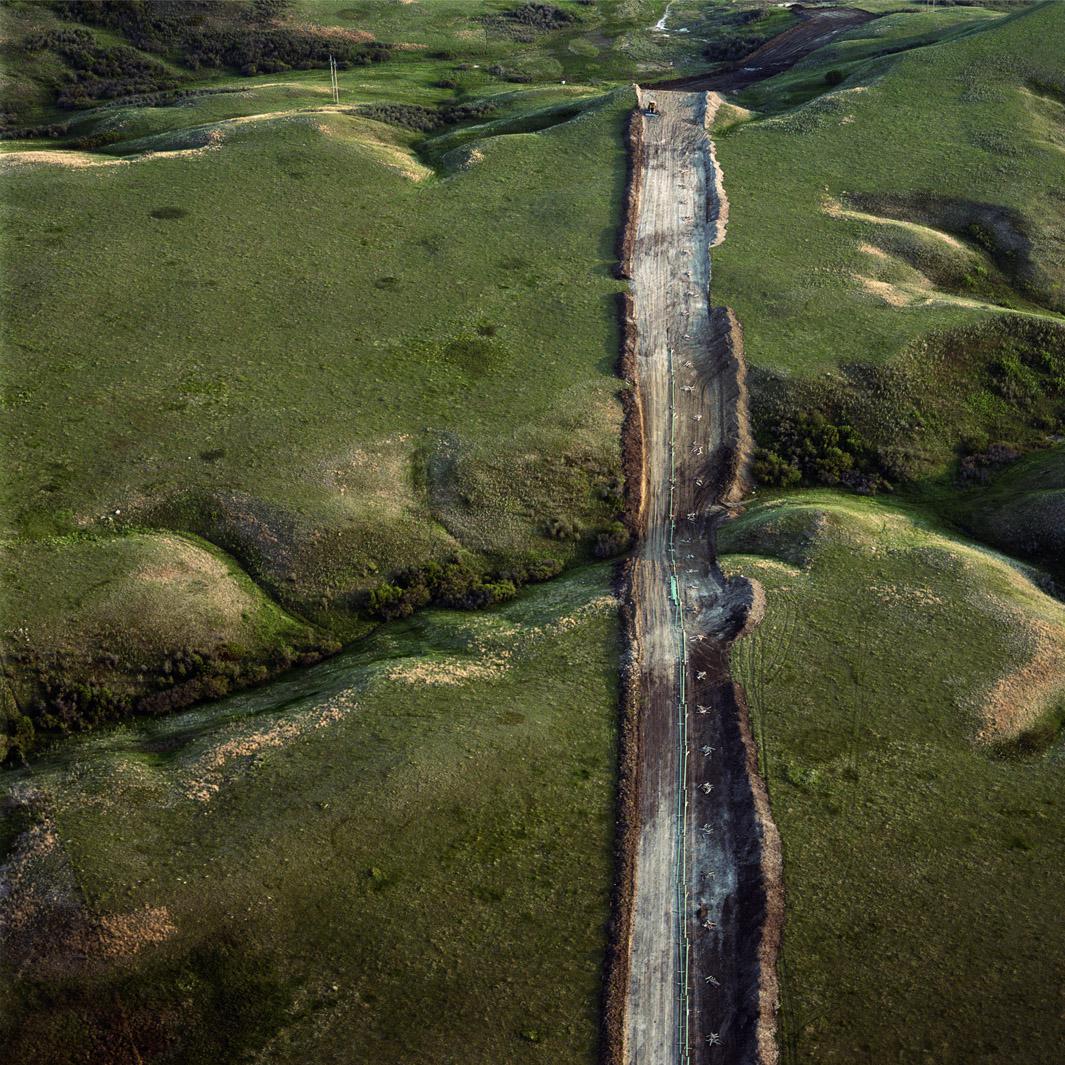After working largely as a social documentary photographer for many years, Terry Evans suddenly found herself obsessed with America’s prairies one day in 1978.
It started when friends asked her to photograph survey work they were doing on a virgin prairie. Seeing the ecosystem and its ground patterns up close ignited Evans’ interest. “I started going out every day and spent an hour or more just photographing the ground in a way that I hoped was very objective and trying to see the patterns of biological growth,” she said. “I had this feeling if I could understand this ecosystem and see these patterns that I would understand how the universe worked.”
Ever since then, Evans’ work has, for the most part, has concerned the prairies, her “first love.” “I do very much feel like an advocate for it,” Evans said. “I feel like an advocate for conservation. That doesn’t mean I don’t think it should be used. I think it should be used in a sustainable way, which it’s often not.”
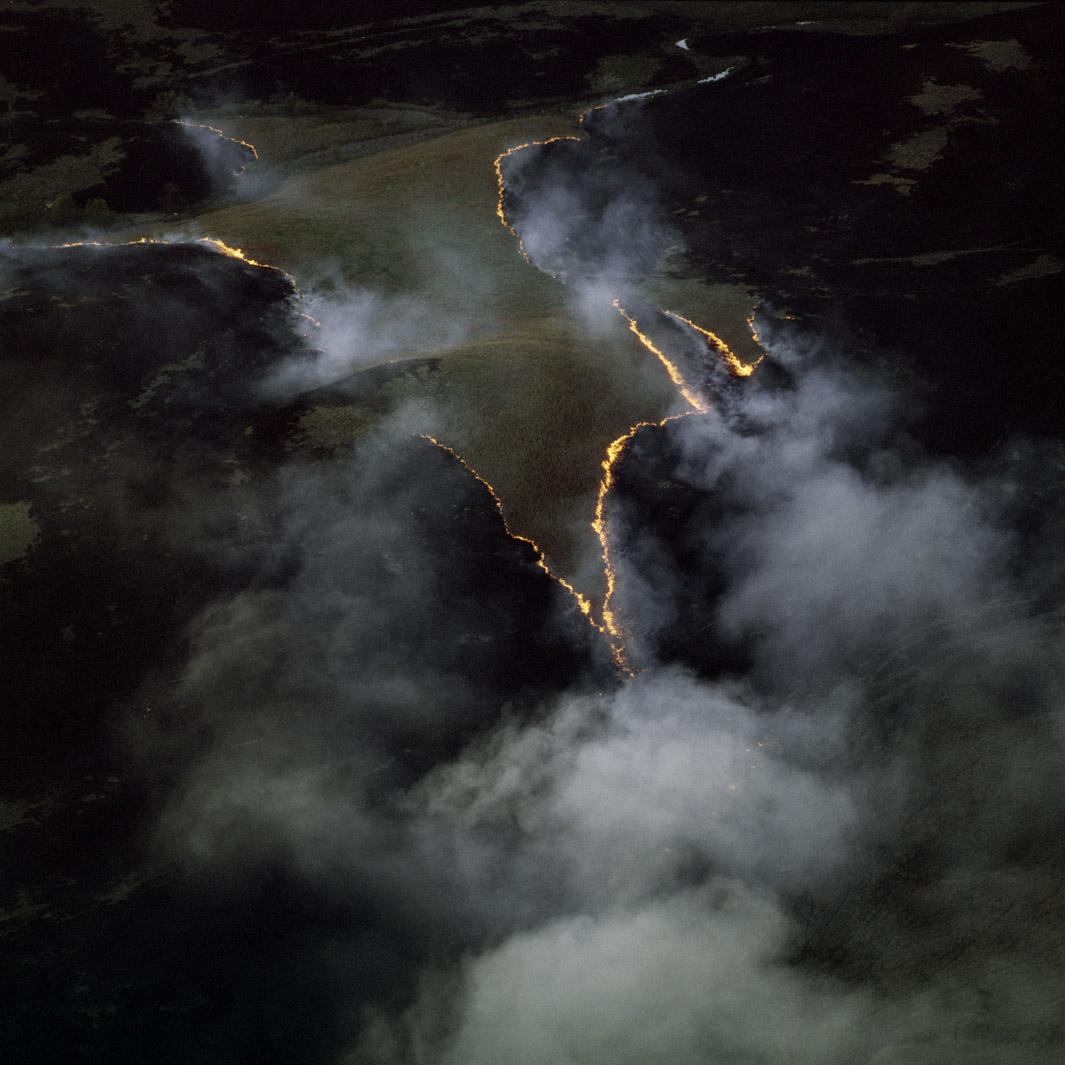
Terry Evans
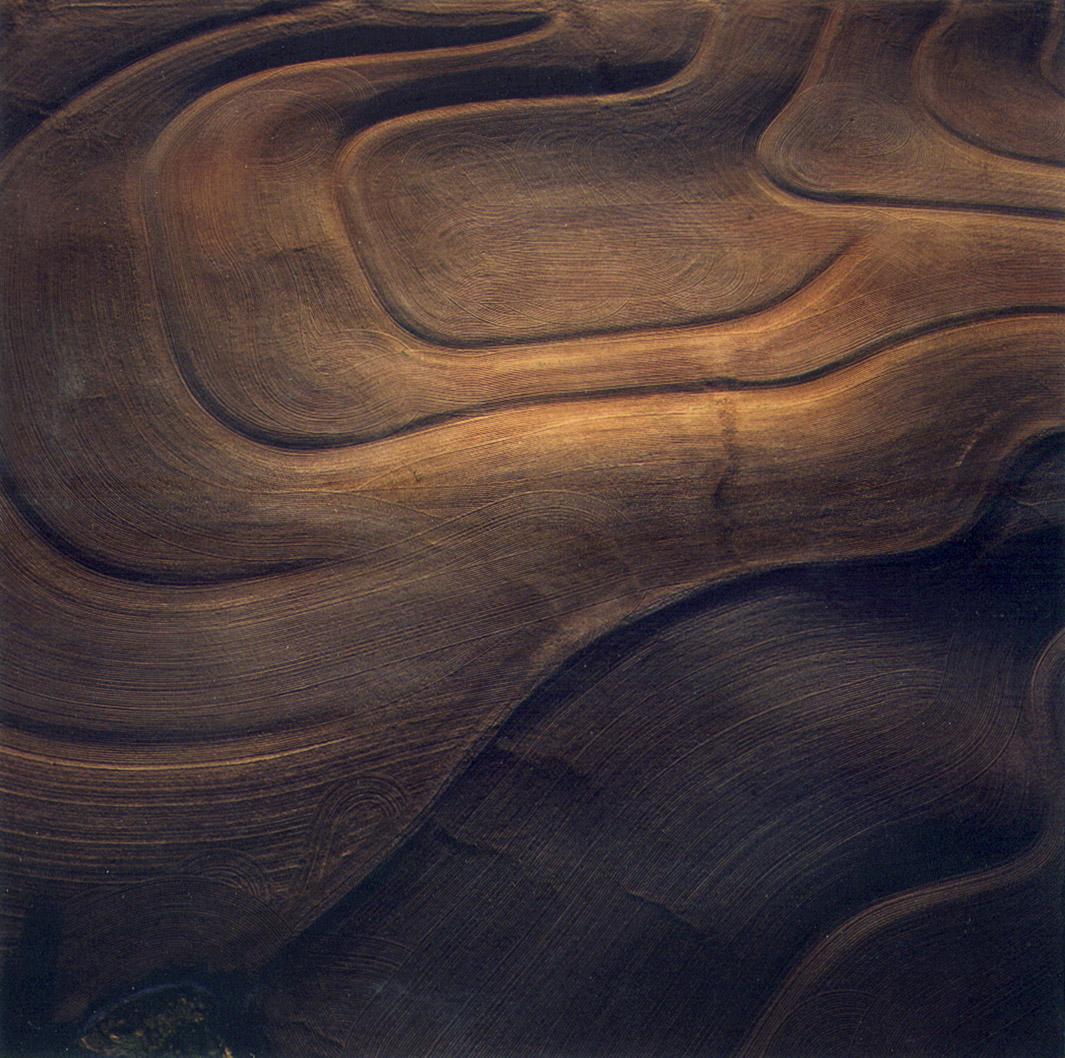
Terry Evans
In 1996, she began her project “Canada to Texas,” a survey of the mixed-grass prairie from its northernmost ecological boundary all the way to its southernmost boundary. The photographs were taken from a Cessna 172 over a period of several years.
Terry said she wanted to see how the landscape changes from north to south and to show what has happened to the land as it has been developed. “I’m not interested in having the pictures be completely objective. I’m interested in showing the beauty of the land, and to my eye, it’s beautiful even when it’s very damaged,” Evans said.
More recently, her work has embraced social documentary alongside landscape. In “North Dakota Oil Boom,” her latest collaboration with writer Elizabeth Farnsworth, Evans documents how the oil boom, which was made possible by fracking, has affected both people’s lives and the landscape.
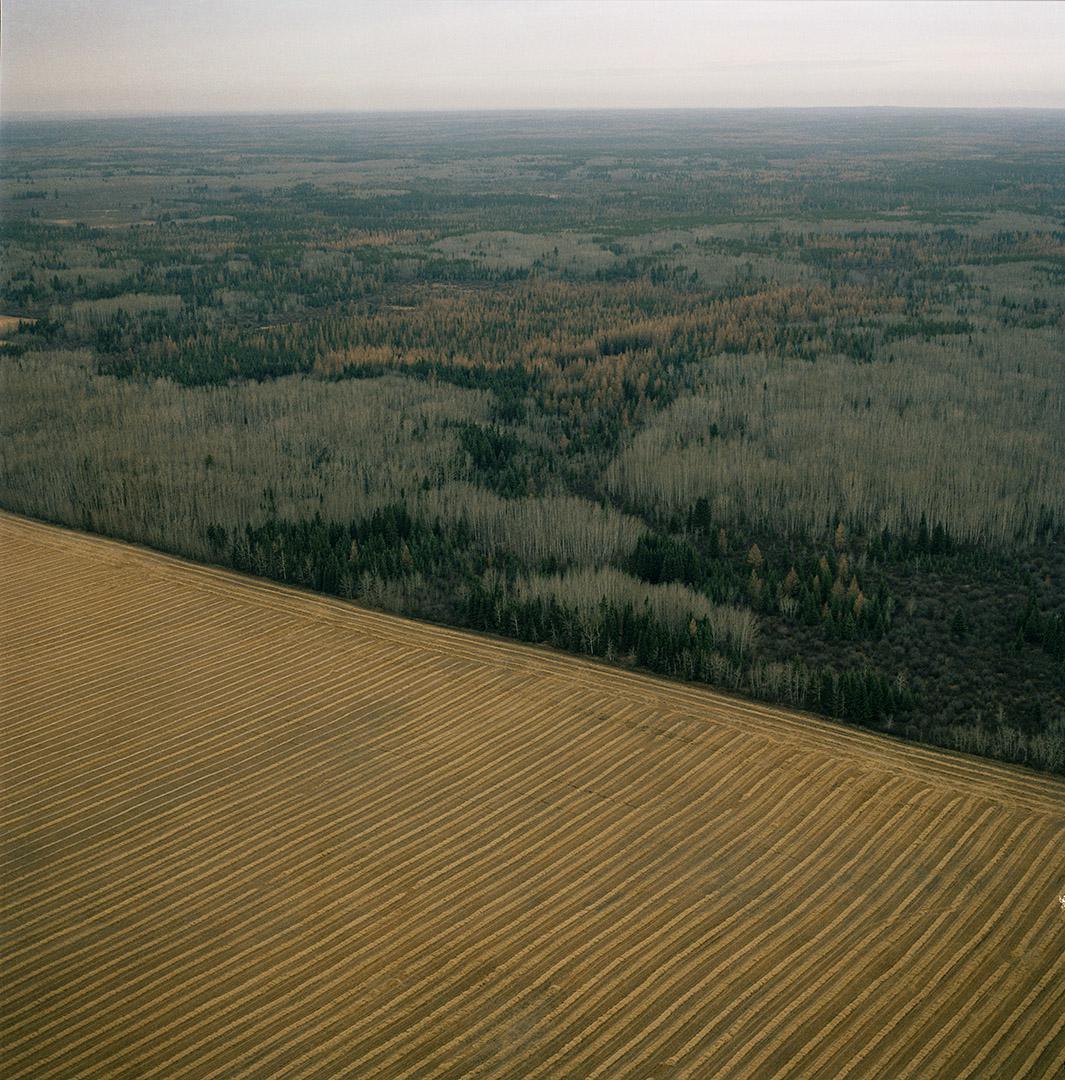
Terry Evans
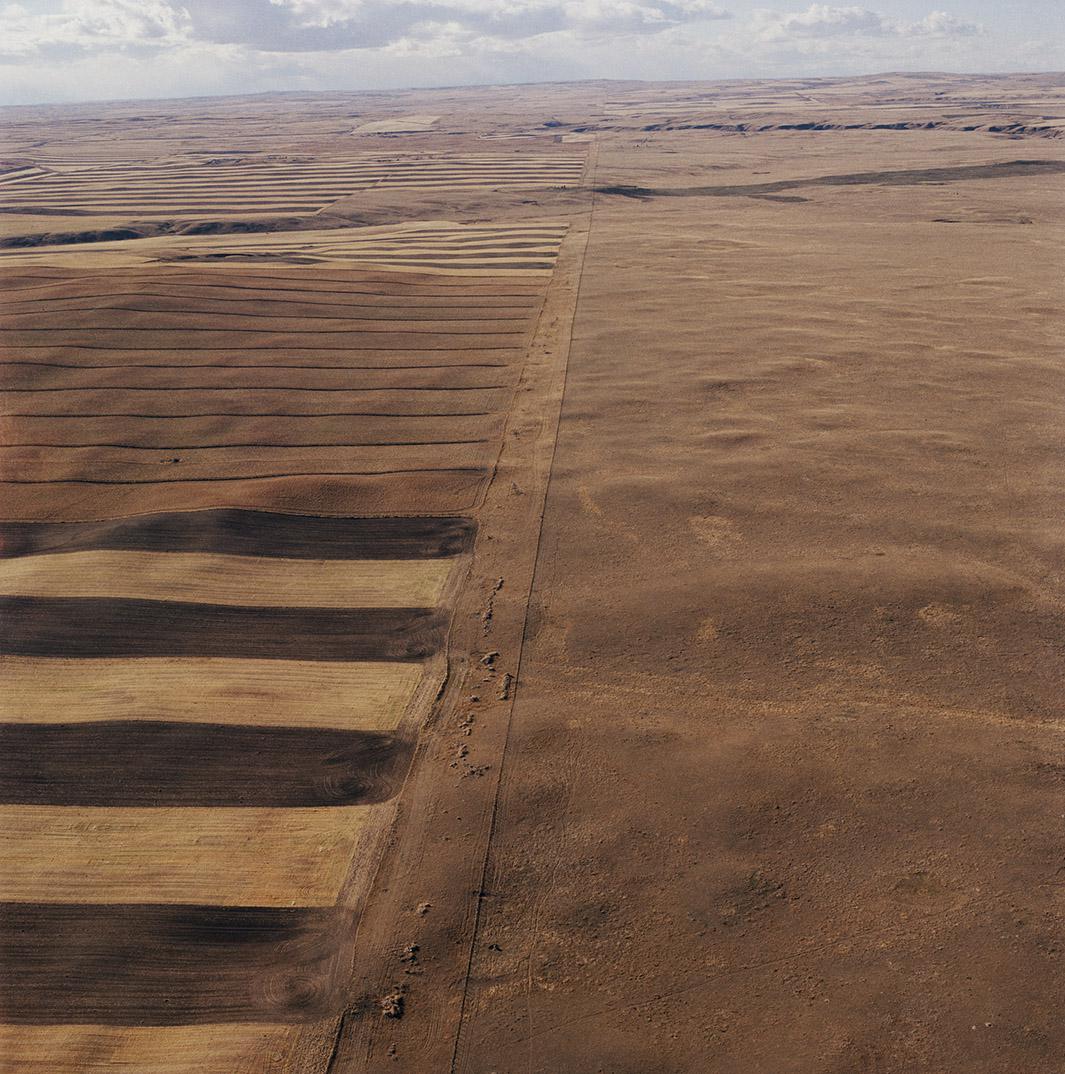
Terry Evans
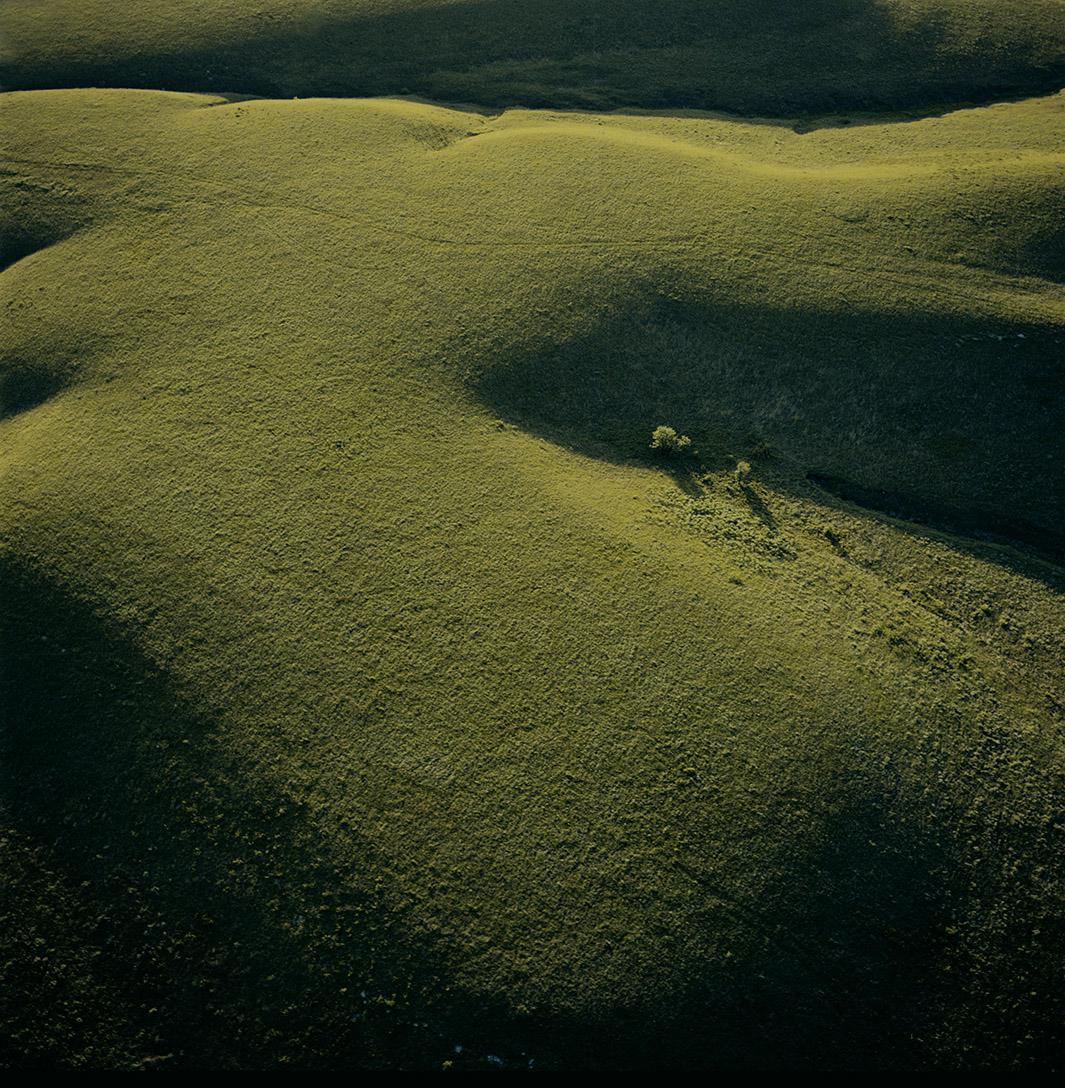
Terry Evans
“Very quickly I became very concerned and upset about what I saw was happening. Yes, it’s true that we’re creating a lot of jobs with the oil boom, and for a long time I had a hard time speaking out because of that, because certainly people there need jobs and it’s a good thing that they can have good work,” Evans said. “But there’s a much bigger issue than this, which I think we have to sometime as a nation address.”
Still, while Evans’ position on fracking is clear, she said she wasn’t interested in only making photographs that supported her point of view. “Stories of land use are always incredibly intense and complex. This one is especially so,” Evans said. “I don’t want to be shrill. I don’t want to just tell the stories of people who are being damaged by the oil boom. I want to tell all the sides of it.”
Photographs from “North Dakota Oil Boom” are on display at Chicago’s Field Museum through January. Her photos from the prairies are available in books by Yale University Press and Radius Books.

Terry Evans

Terry Evans
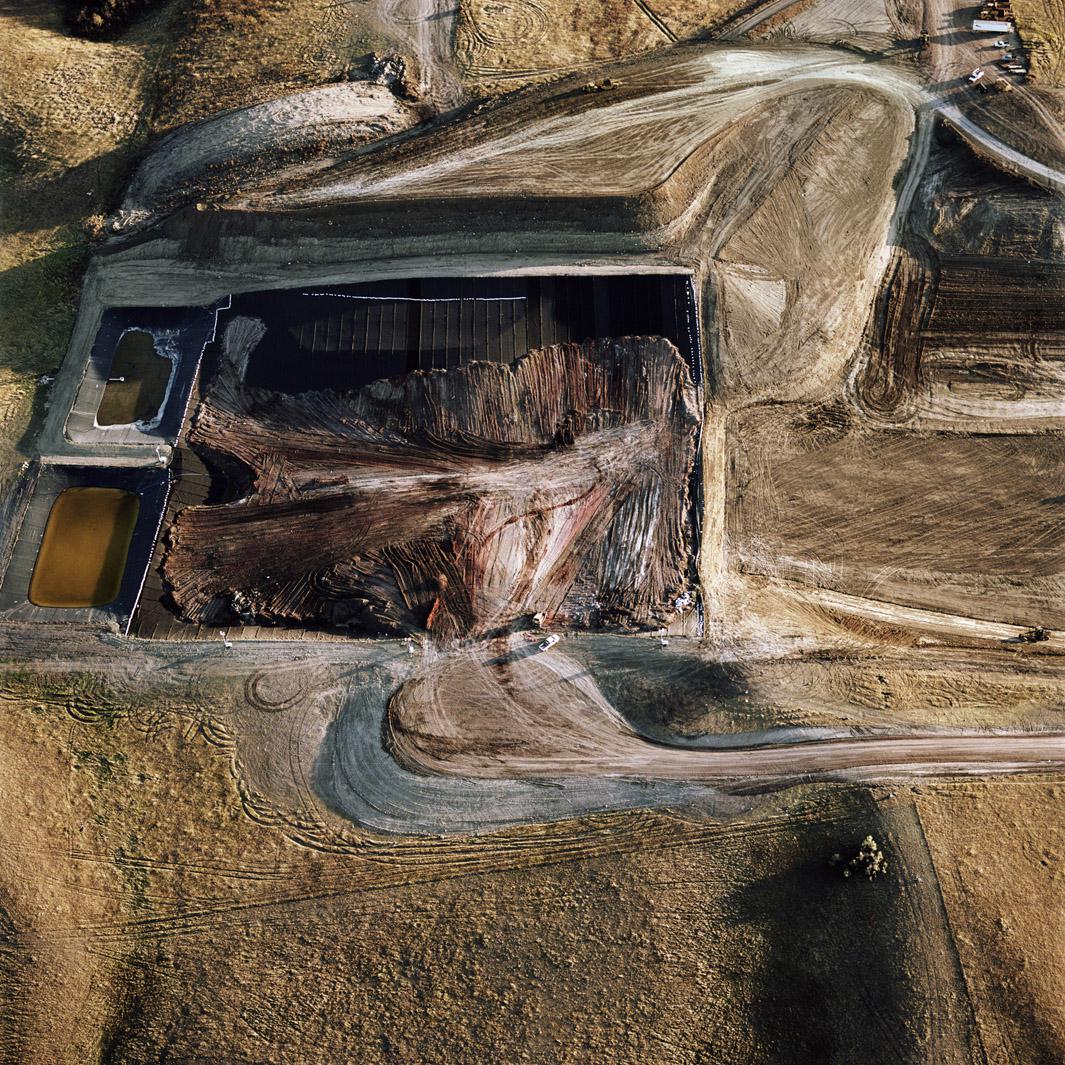
Terry Evans
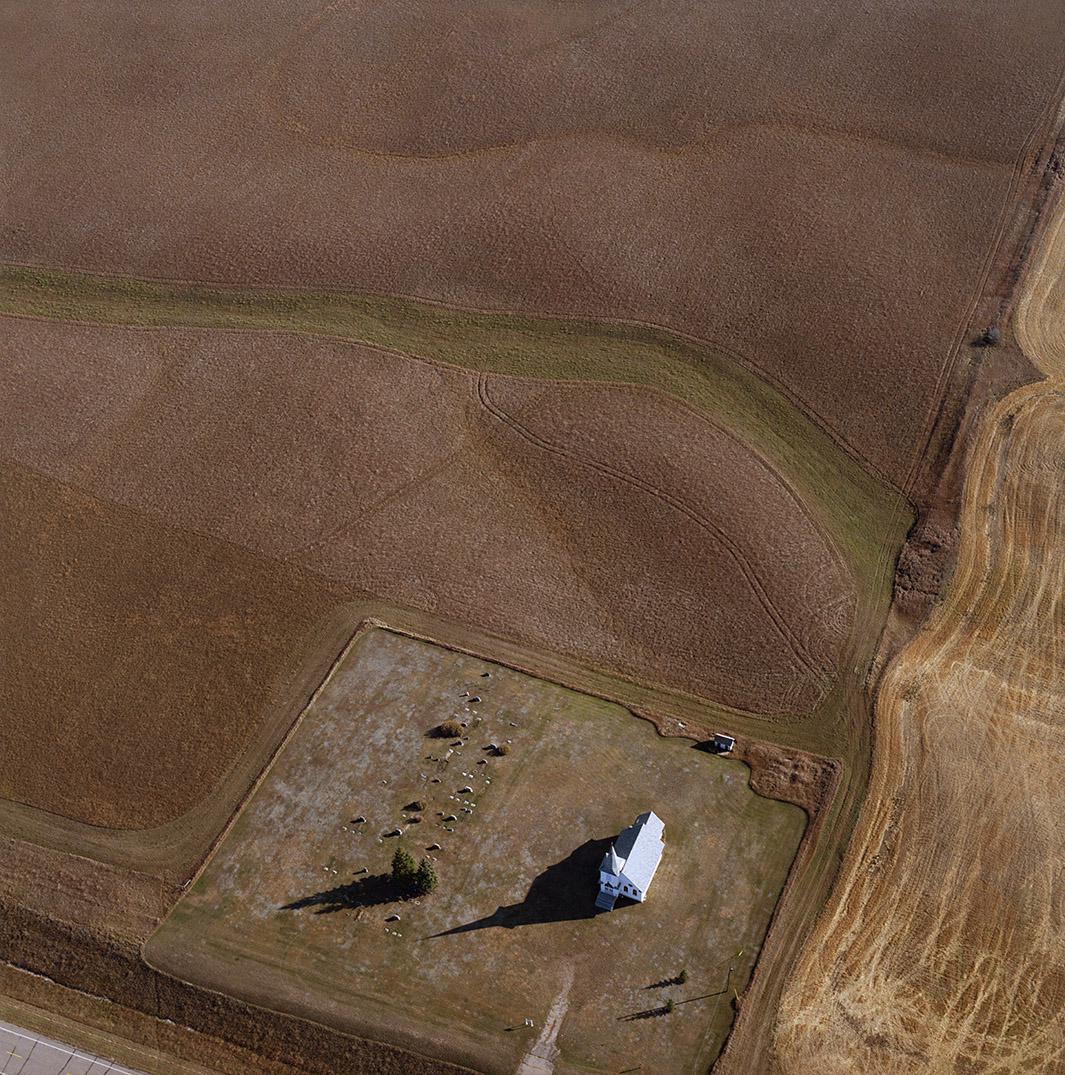
Terry Evans
